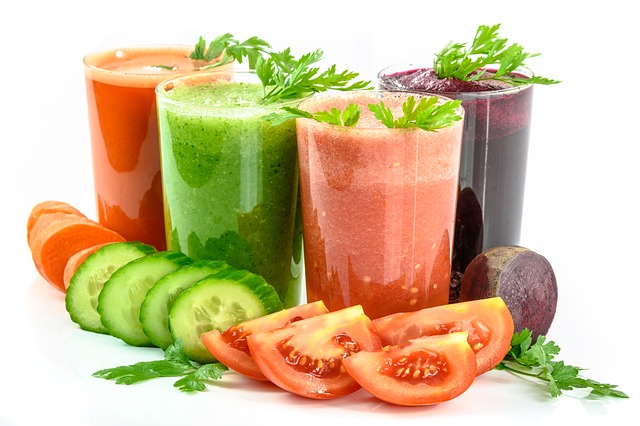Coffee Roasting: Artistry from Bean to Brewing
Thousands of people all over enjoy coffee, a drink made by a challenging process beginning with the cultivation of coffee cherries and finishing in the perfect cup of coffee. Among the several stages in this process, coffee roasting is among the most critical.
Coffee Roasting: Art and Science
The Procedure of Roasting
A delicate technique, roasting turns uncooked coffee beans into the aromatic and delicious beans we know and enjoy. The high temperatures the beans are roasted to cause them to develop sophisticated tastes and alter hue. The roasting process consists in numerous phases:
- In drying the beans only put it on low-temperature heat to eliminate moisture.
- The beans start to swell and break, producing a faint, popcorn-like sound first.
- The beans get their distinct taste sensation and intensify in color.
- The beans break once more, indicating the roasting process’s finish.
Strategies for Roasting
The roasting of coffee can be done essentially two ways:
- A traditional method known as drum roasting rotates beans in a drum.
- Modern methods termed fluid bed roasting roast the beans on a heated air bed.
Effects of Roasting on Taste
Coffee’s flavor character is greatly changed by roasting. Lighter roasts yield coffees with a tea-like body, delicate tastes, and strong acidity. Medium roasts strike a mix of , sweetness, bitterness, and acidity. Low acidity, bold flavors, and a smoked, bittersweet taste define dark roasts.
Final thoughts
Understanding the art and science of coffee roasting can help us to value the complexity and variety of this great beverage. Thus, the next time you enjoy a cup of coffee, stop to consider the trip it has gone from bean to brew.

